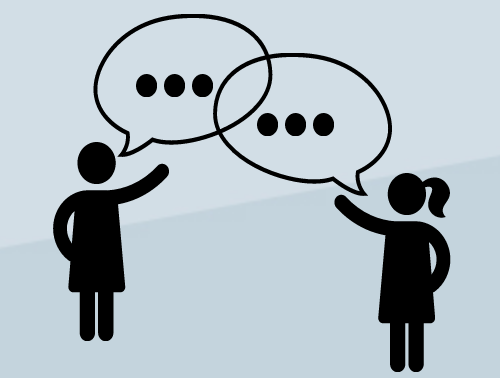
SLP-A & Speech Implementor Training-Speech Therapy
Start Here
Note from the Author
I’ve been in working in speech-language pathology since 2004 and I’m thrilled to be your guide throughout this Execution Plan.
While working in a hospital setting, schools, and private practice I’ve worked with children with all sorts of disorders, syndromes, and delays.
I have worked with speech implementors the past ten years and have developed our systems in such a way that folks without any background in communication disorders, special education, or even regular education can implement our plan and achieve successful outcomes with students.
Use what you learn in this Execution Plan to plan to have high-quality therapy sessions, effective communication with other IEP team members, and feel confident about your ability to help your students.
Ready?
Let’s get started!
Dan McCool
Owner/Speech-Language Pathologist
Ozark Therapy Institute, LLC
Getting the Most Out of Your Execution Plan
Here’s how to get the most out of the content in this Execution Plan,
- Read the entire EP once – Read through this entire EP, watch any videos and download the resources. Don’t execute on the steps until you have finished reading the entire EP. This will help you understand the progression of the steps and put them into context.
- Complete the steps – This Execution Plan is a checklist. Each step builds upon the next. Complete each step in order.
Lastly, here’s how to use the Execution Plan interface.
View the example Execution Plan below…

- Progress Bar – The Progress Bar shows you the percentage of the Execution Plan you have completed.
- Check boxes – Click the check box to indicate completion of a Course Step or Course Section.
- Course Sections – An Execution Plan is a series of steps that lead to the completion of milestones. In this EP there are four milestones entitled Start Here, Pre-Launch, Launch and Post-Launch.
- Course Steps – Each Course Section contains multiple steps.
- Arrows – Use the Arrow Buttons to open and close the Course Steps in the Execution Plan.
So now you’re a Speech Implementor…
What exactly is your job?
As a speech Implementor, you have an important job. You assist the speech-language pathologist in the implementation IEPs. You will be involved with the documentation of student progress, and you may be asked to helping with speech, language, and hearing screenings.
As a Speech Implementer, you are also prohibited from certain activities. You should not attempt to conduct evaluations or determine a child’s eligibility for services. In addition, speech implementors are prohibited from writing, developing or modifying IEPs.
Dos and Dont’s

Speech Therapy
What is speech therapy? (and what’s not!)
Speech is the verbal means of communicating. Speech consists of the following:
- Articulation
- How speech sounds are made (e.g., children must learn how to produce the “r” sound in order to say “rabbit” instead of “wabbit”).
- Voice
- Use of the vocal folds and breathing to produce sound (e.g., the voice can be abused from overuse or misuse and can lead to hoarseness or loss of voice).
- Fluency
- The rhythm of speech (e.g., hesitations or stuttering can affect fluency).
When a person is unable to produce speech sounds correctly or fluently, or has problems with his or her voice, then he or she has a speech disorder.
If a child has has a speech disorder that makes him hard to understand. If his lips, tongue, and mouth are not moved at the right time, then what he says will not sound right. Children who stutter, and people whose voices sound hoarse or nasal have speech problems as well.
Articulation
What is normal
There is a lot of great information on the web regarding normal developmental milestones for speech. Here are a few that we use most often.

Order of operations

Nicknames
In the Ozark Therapy System for teaching phonemes, all the consonants have a nickname, and coincides with how the mouth is positions or describes the sound that is produced. The chart below illustrates each of the nicknames we use.

Muscle Memory
Phonology
What is Phonology and a Phonological Disorder?
The simple definition of phonology is the system of using sounds to create intelligible speech.
When a child has a sound system that is not developing correctly, their speech becomes difficult to understand and they are said to have a sound system disorder (SSD).
Disordered systems are fairly common. The chart below depicts some of the more prevalent patterns of error. This chart was developed by Heidi Hanks of mommyspeechtherapy.com:
 Check out Heidi’s post and download the chart here.
Check out Heidi’s post and download the chart here.
Addressing the pattern
A phonological disorder is a pattern of error. Once the Speech Therapist pinpoints the pattern, therapy should become laser focused on that pattern.
For example:
If a child demonstrates Final Consonant Deletion (FCD), the child should only be presented with words that have a final consonant.
If the child demonstrates the pattern of Fronting, he should be presented with stimulus items with /k/ and /g/.
If the child demonstrates the pattern of stopping, the child should be presented with sounds that can be prolonged (i.e. /f/, /s/, /z/, /v/).